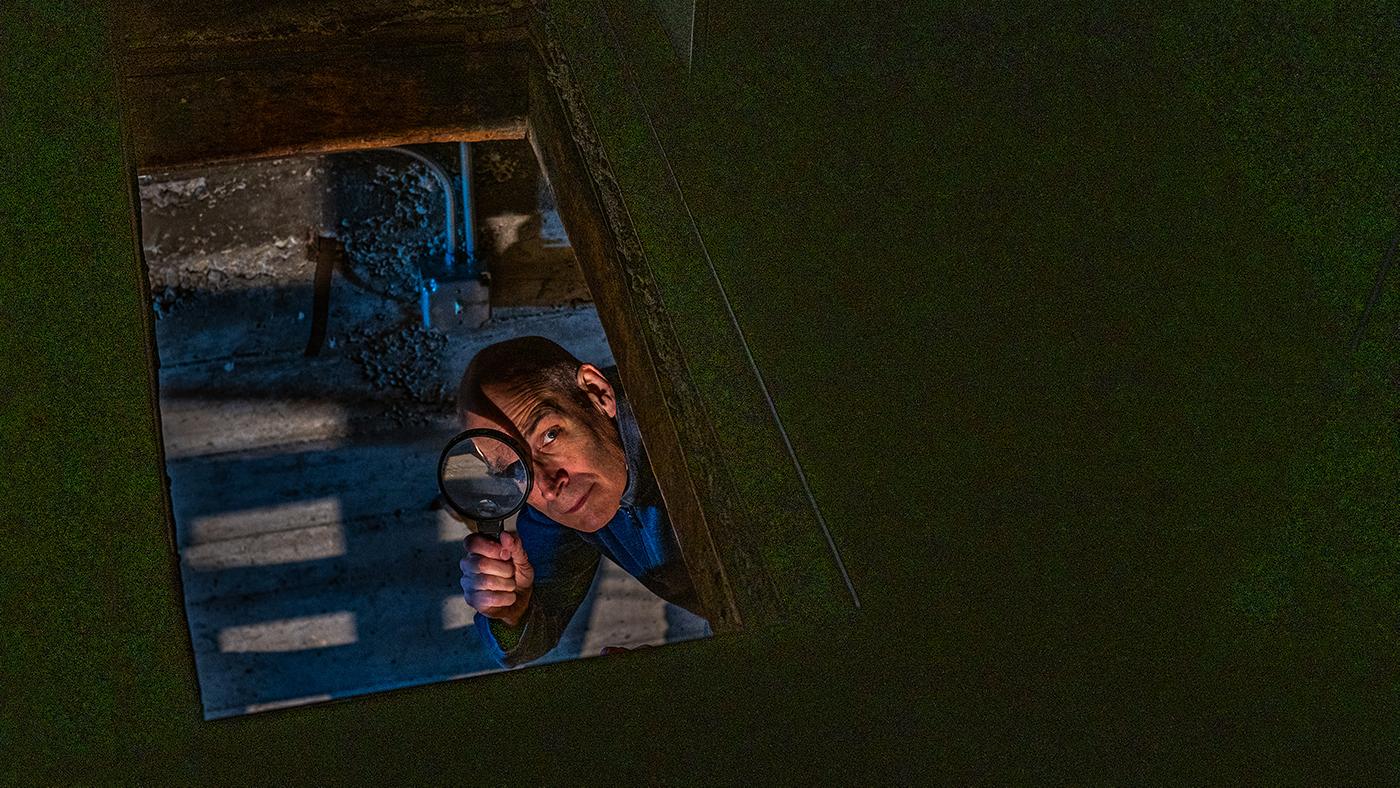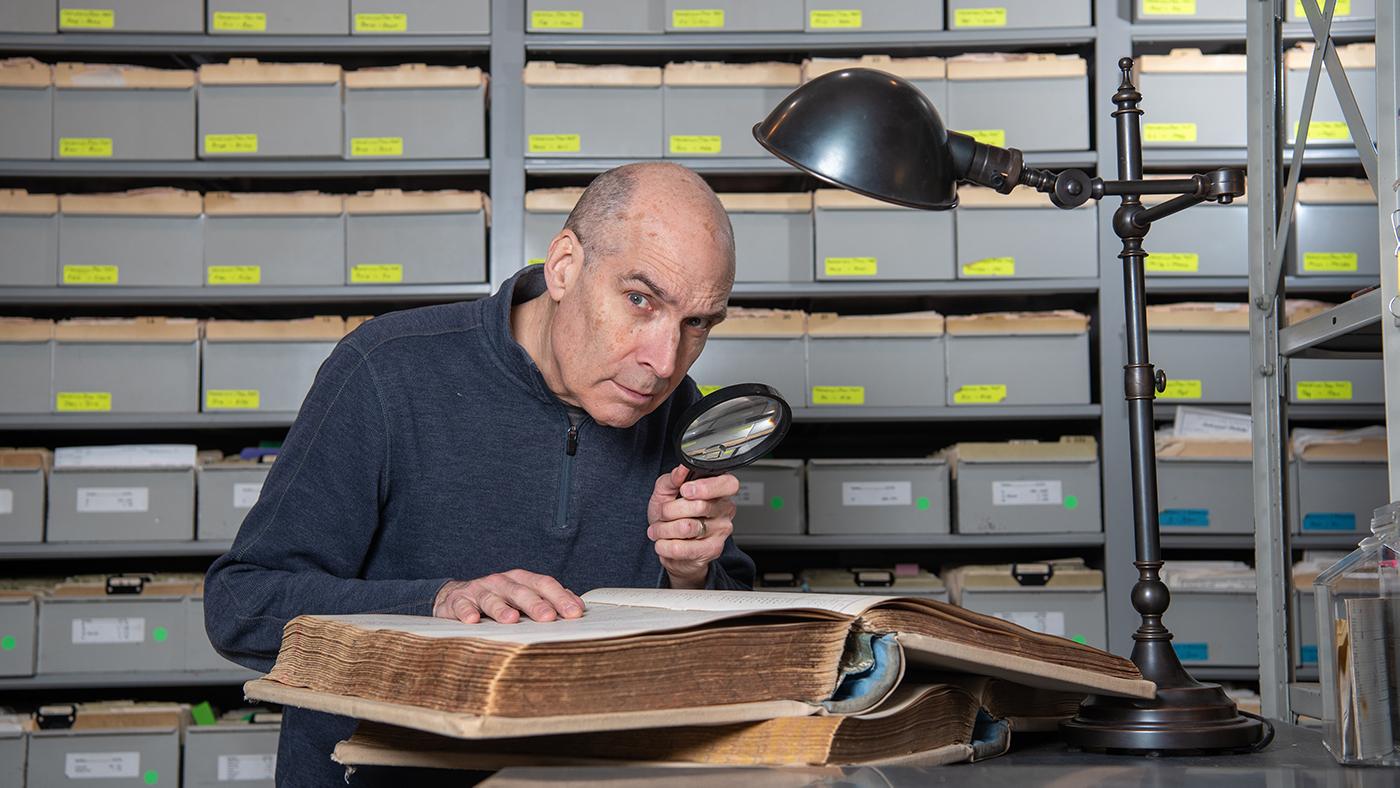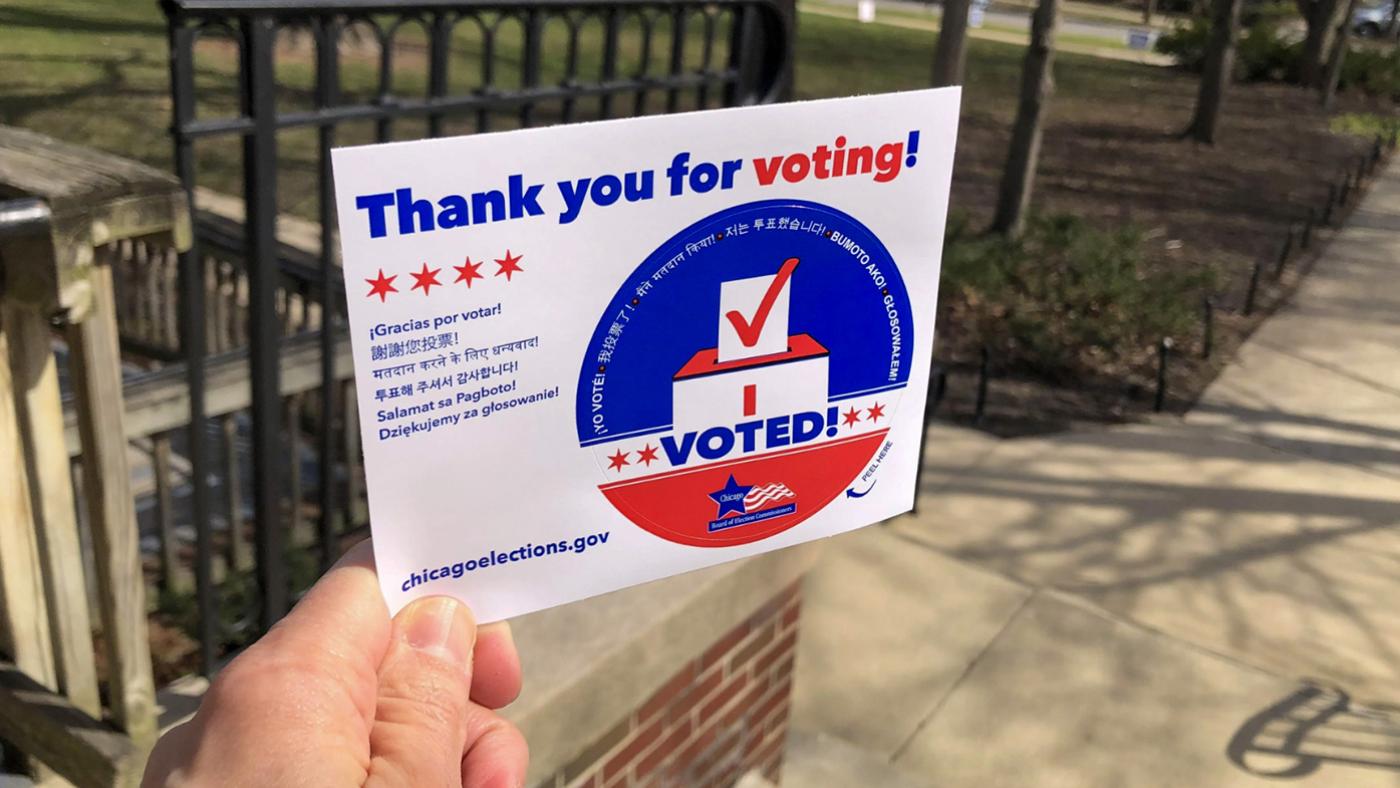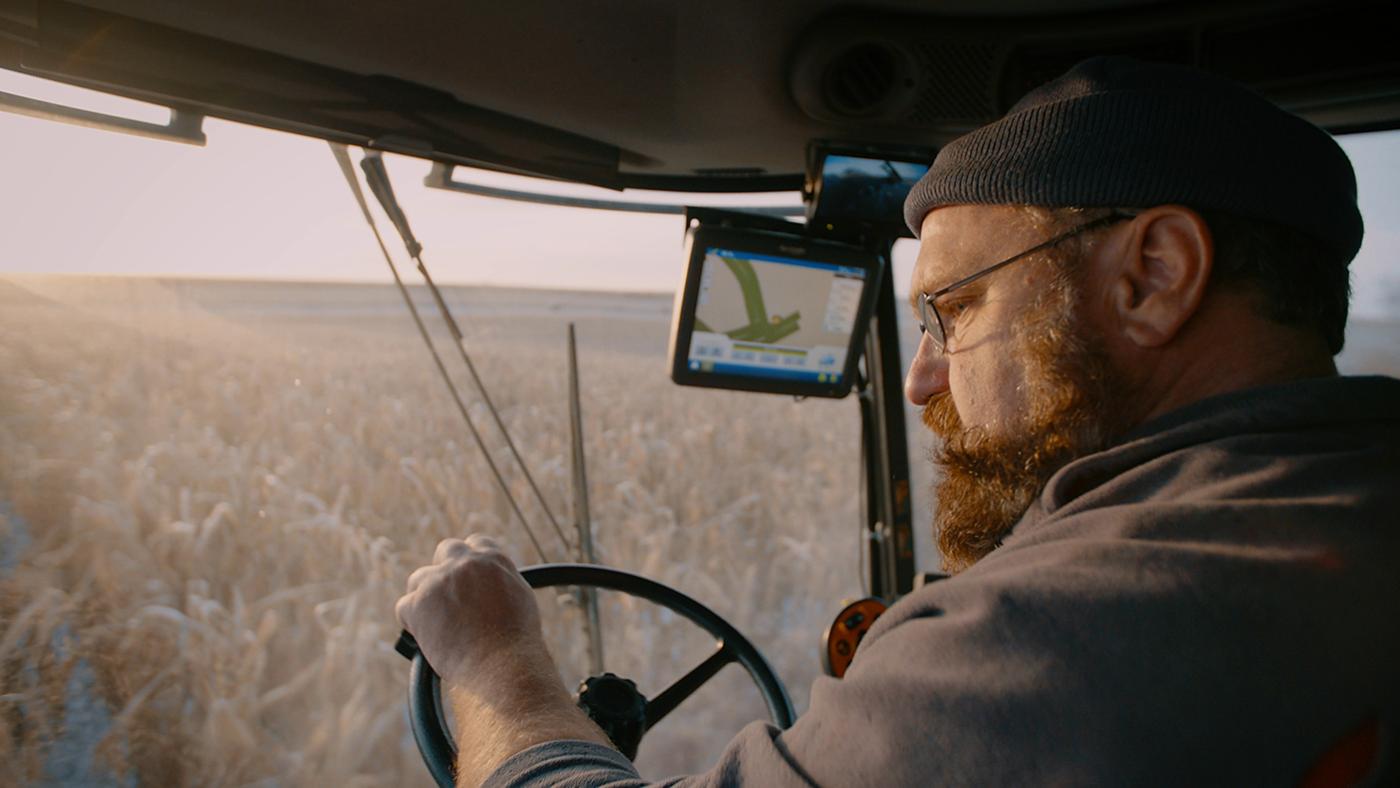Trying to Create Hope in Syria
Daniel Hautzinger
July 7, 2017
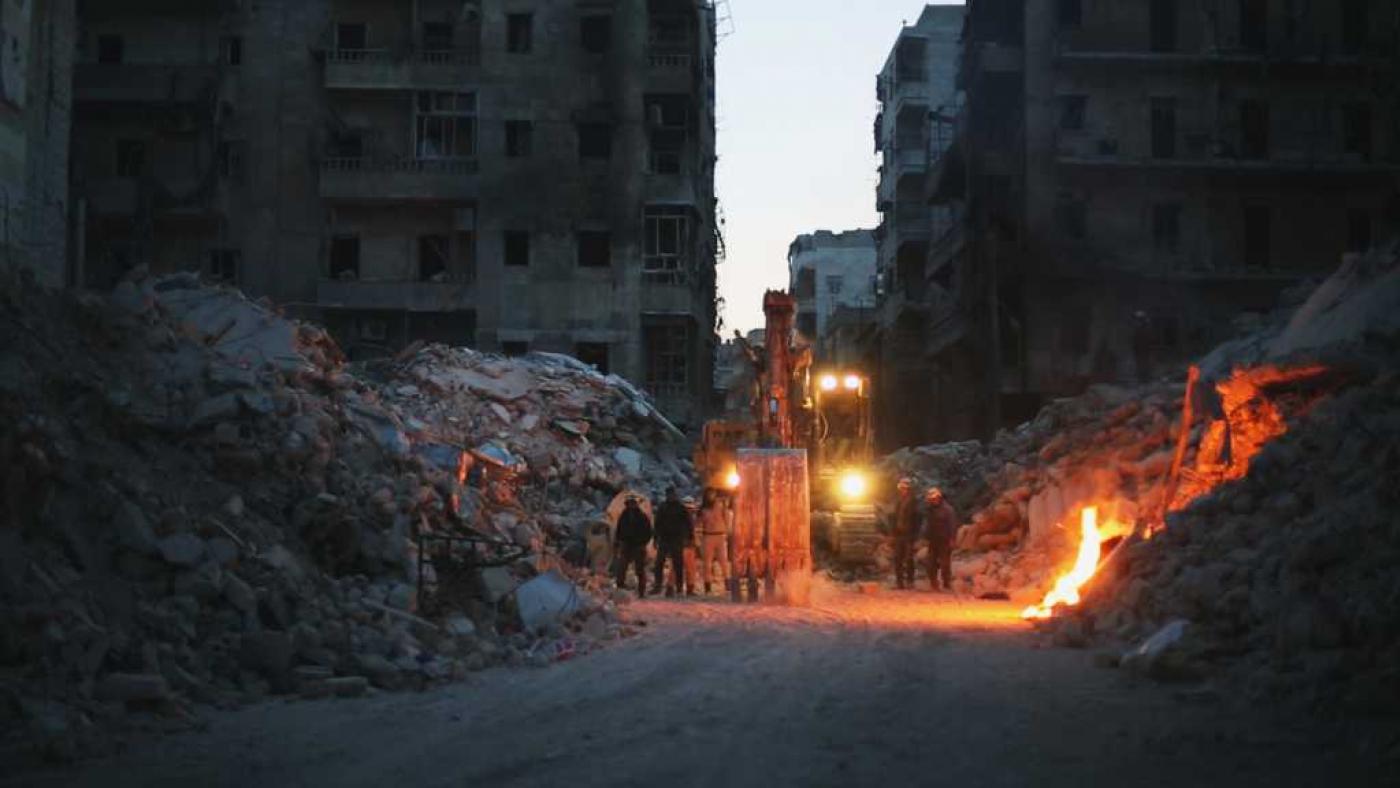
Around fifteen bombs strike a day. Buildings lie in piles of rubble. Women, children, men, babies are killed indiscriminately in the blasts. Food is scarce. Yet a man goes to buy goldfish for his house.
This is Khaled, one hero of Feras Fayyad’s documentary Last Men in Aleppo, which won the Grand Jury Documentary prize at the Sundance Film Festival this year. Khaled is a volunteer in the White Helmets, a group of ordinary Syrians who brave bombing sites to pull people from the rubble and carry them to safety. When he places his fish in a concrete fountain at his home in Aleppo, they become a symbol of the indestructible human will for survival, a flash of life amidst the destruction and terror.
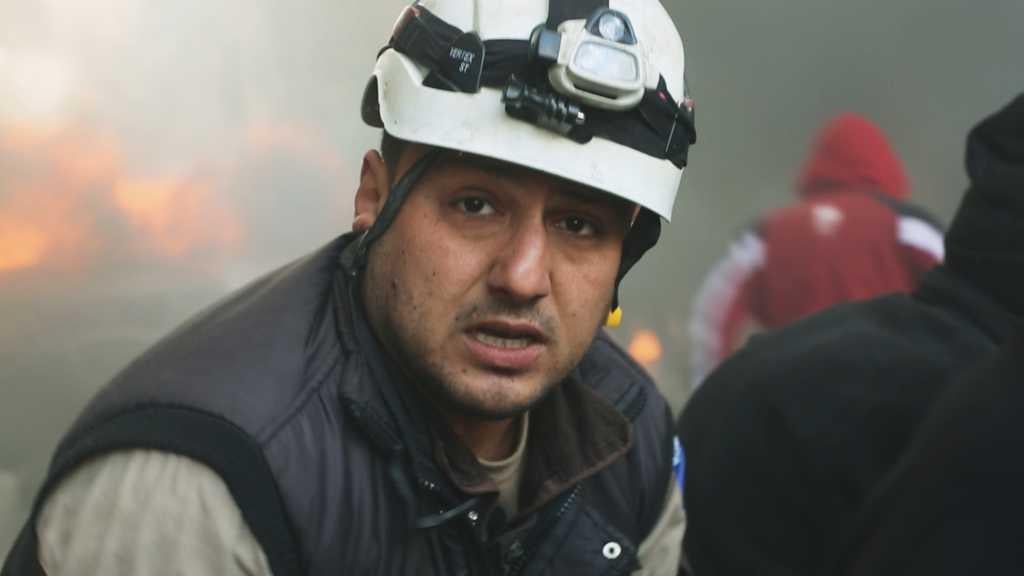 Khaled is a White Helmet, a volunteer rescue worker who saves people from the rubble after bombings in Syria. Photo: AMC 2017“The fish helped us to understand the meaning of struggle and of survival,” Fayyad says. “Aleppo is besieged and bombs are falling steps away, but people still believe in their lives. They buy fish and food for the fish; this is a sign that they will fight to continue living in the city. When you find a fish-seller in a destroyed city, it shows you the meaning of humanity. It shows you how much the people will struggle for their life.”
Khaled is a White Helmet, a volunteer rescue worker who saves people from the rubble after bombings in Syria. Photo: AMC 2017“The fish helped us to understand the meaning of struggle and of survival,” Fayyad says. “Aleppo is besieged and bombs are falling steps away, but people still believe in their lives. They buy fish and food for the fish; this is a sign that they will fight to continue living in the city. When you find a fish-seller in a destroyed city, it shows you the meaning of humanity. It shows you how much the people will struggle for their life.”
Khaled and the other White Helmets who are the subject of Fayyad’s film refuse to flee Aleppo. Despite the danger to themselves and even to their families, they continue to rescue people from Russian and Syrian bombings. A rescue worker named Mahmoud and his brother tell their parents they are safe in Turkey; Khaled video-chats with his children about candy and coffee while waiting for the next airstrike; families gather in a playground with their children even though large groups are a target for bombing. And over and over again they pull the bodies or limbs of people from the rubble.
“For the White Helmets, this is their daily life,” says Fayyad. “They have decided to help their society, their neighbors, their families. They must help themselves because nobody else will help them; they have been disappointed by the international community. They’re losing everything in front of them, but they try to continue their life as well as they can even when nothing is normal. They try to create hope.”
But the situation in Syria is desperate, and Fayyad is despondent. “You do feel hope when you watch the White Helmets save people’s lives. But I will be realistic. In general, there is no hope right now for the future of Syria. The Syrian regime has been killing people for six years and, along with the Russians and Iranians, continues to lead the country into a crazier situation.”
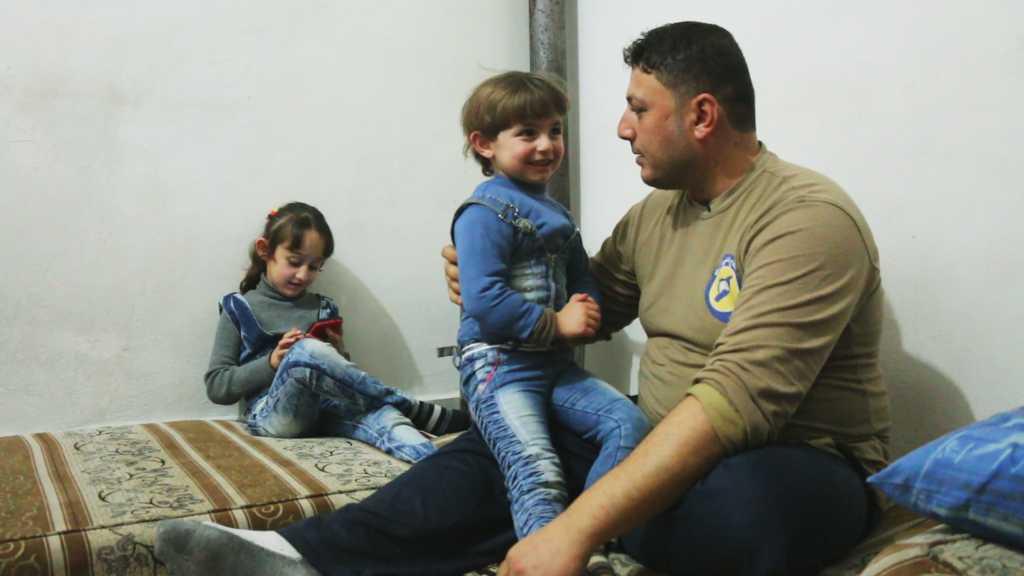 Despite the danger of staying in Aleppo for them and their families, White Helmets like Khaled refuse to leave. "They try to create hope." Photo: AMC 2017Fayyad does believe that something can be done, however; otherwise he would not have made his film. “The film helps people understand the refugee crisis, that it’s not coming from nothing, but that chaos makes people leave their country. People in the outside world can put pressure on their governments to do something, to pressure the Assad regime, to establish an area safe from bombing and help people back to their country to rebuild their homes. The film shows why people are fleeing, but also why people do not run.”
Despite the danger of staying in Aleppo for them and their families, White Helmets like Khaled refuse to leave. "They try to create hope." Photo: AMC 2017Fayyad does believe that something can be done, however; otherwise he would not have made his film. “The film helps people understand the refugee crisis, that it’s not coming from nothing, but that chaos makes people leave their country. People in the outside world can put pressure on their governments to do something, to pressure the Assad regime, to establish an area safe from bombing and help people back to their country to rebuild their homes. The film shows why people are fleeing, but also why people do not run.”
Take Khaled. “I wanted to tell a story about a father with very limited choices,” Fayyad says. “He can protect his family and run, or stay and try to do something to change the reality in front of him.” Fayyad, himself a Syrian, faced a similar dilemma. At the beginning of the Syrian civil uprisings that flared up in 2011, he was arrested twice and tortured for documenting the revolution.
“I felt that if I was arrested another time I would be killed. Either I left or I died. I decided to leave and survive; there were no choices in front of me. I thought it was better to do something from the outside, to go back to Syria later and use what I have as a filmmaker to tell this story and document the war crimes. I needed to show people what I had seen. Of course I didn’t want to leave, so I focused in the film on the people who didn’t leave, who would do anything to stay, who would be there until their life ended.”
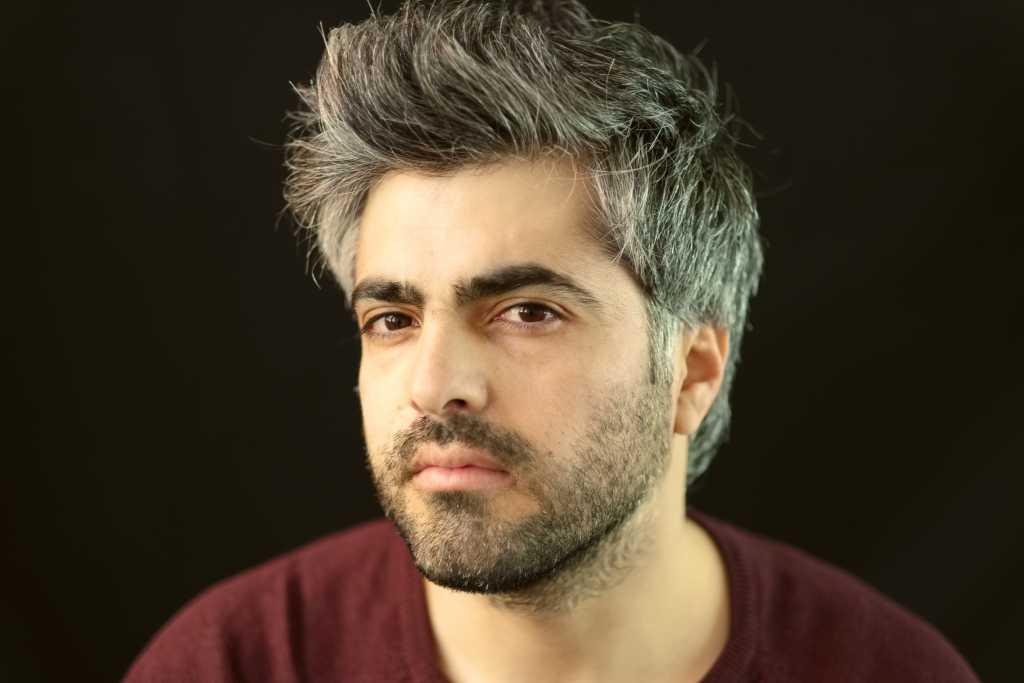 Feras Fayyad. Photo: AMC 2017Fayyad did return, filming the White Helmets over two years. Like the rescue workers, he felt he had a responsibility to do something in spite of the danger – at one point he was thrown in the air by a bomb that landed several meters away. “This is your choice to tell this story,” he explains. “The bombs become like rain in the winter: they’re normal. I had to deal with it because I had one goal, which was to tell this story. Once you know your goal, you can keep going and not think about your death or be afraid. This is your fate.”
Feras Fayyad. Photo: AMC 2017Fayyad did return, filming the White Helmets over two years. Like the rescue workers, he felt he had a responsibility to do something in spite of the danger – at one point he was thrown in the air by a bomb that landed several meters away. “This is your choice to tell this story,” he explains. “The bombs become like rain in the winter: they’re normal. I had to deal with it because I had one goal, which was to tell this story. Once you know your goal, you can keep going and not think about your death or be afraid. This is your fate.”
For many of the White Helmets, it is a terrible fate. They have saved tens of thousands of lives since the organization was founded in 2013, but they themselves are often targeted by strikes. 191 volunteers have been killed. They made the decision to stay, to create hope, to help people survive, and many have paid for it with their lives. After Fayyad filmed his documentary, Khaled was killed in action. His family fled to Istanbul, one more devastated group of Syrian refugees struggling to survive.

